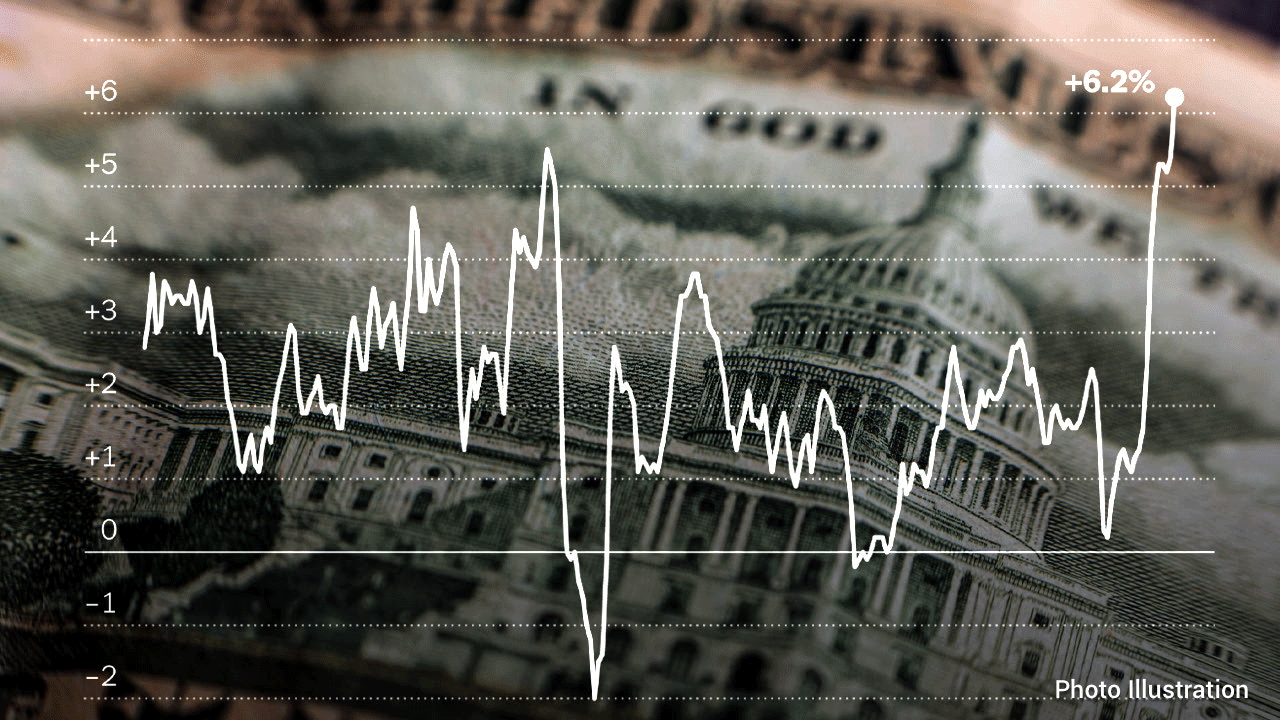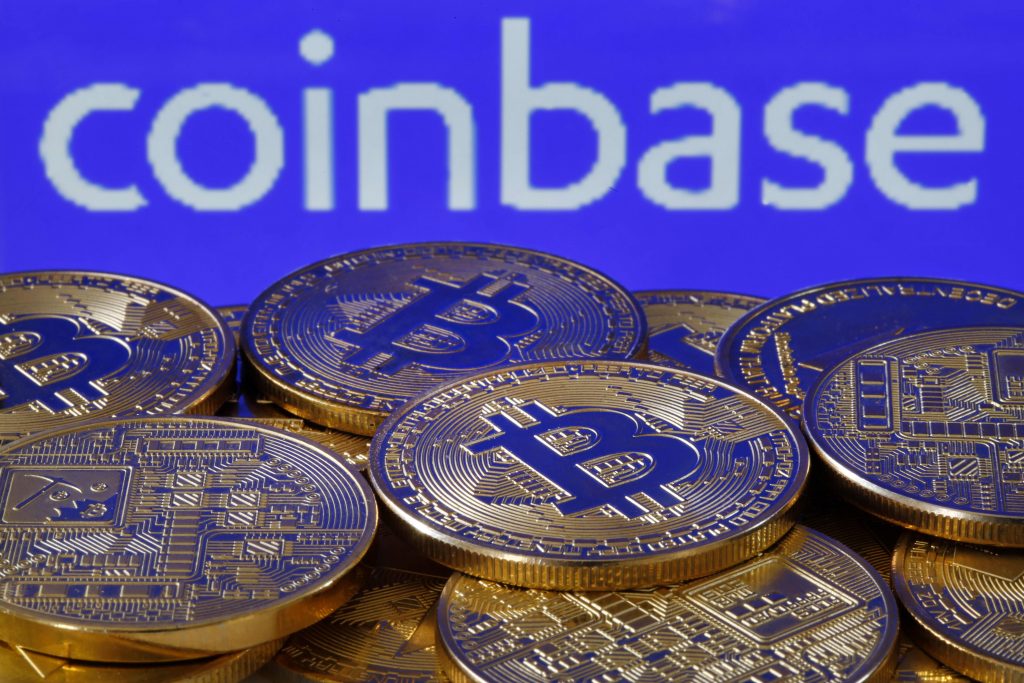
Former Kansas City Federal Reserve President and CEO Thomas Hoenig forecasts what the Federal Reserve will do next following the latest inflation data.
Former Kansas City Federal Reserve President and CEO Thomas Hoenig warned that inflation will continue to be a “major issue” for some time.
Hoenig provided the insight on “Mornings with Maria,” Wednesday, following the release of data from the Labor Department showing that the pace of inflation slowed in July for the first time in months as prices remained near the highest level in four decades.
The former Fed president also forecasted on Wednesday what the Federal Reserve will do next following the latest inflation data.
On Wednesday, the Labor Department said that the consumer price index, a broad measure of the price for everyday goods including gasoline, groceries and rents, rose 8.5% in July from a year ago, below the 9.1% year-over-year surge recorded in June. Prices were unchanged in the one-month period from June.
IS THE UNITED STATES ENTERING A RECESSION?
Those figures were both lower than the 8.7% headline figure and 0.2% monthly gain forecast by Refinitiv economists, likely a welcoming sign for the Federal Reserve as it seeks to cool price gains and tame consumer demand.
Inflation eases as July CPI drops to 8.5 percent. FOX Business’ Cheryl Casone discusses the latest.
So-called core prices, which strip out the more volatile measurements of food and energy, climbed 5.9% from the previous year, below the 6.1% forecast from economists, but matching the reading from July. Core prices also rose less than expected, rising 0.3% on a monthly basis – a smaller increase than in April, May and June, an encouraging sign that inflation is starting to loosen its stranglehold on the economy.
Still, experts cautioned that while the July slowdown is a step in the right direction, inflation remains painfully high and could be slow to return to the Fed’s preferred target of 2%.
INFLATION CLIMBED 8.5% IN JULY AS PRICES COOL BUT REMAIN NEAR RECORD HIGH
“When I look at these numbers, people say it’s coming down, but core inflation stays up, that is still high,” Hoenig said, adding that “wages have gone up,” which he called “a rising cost of production” and said it’s going to “cause prices to continue [going] up.”
“We are in a situation where demand destruction is part of the issue because excess demand was created so substantially in 2021 by the Fed that now they have to make a rather harsh adjustment if they are going to get inflation back down anywhere close to the 2% level,” he added.
Former Kansas City Federal Reserve President and CEO Thomas Hoenig weighs in on data from the Labor Department showing that the pace of inflation slowed in July for the first time in months as prices remained near the highest level in four decades.
There was some real reprieve for U.S. households last month in the form of lower energy prices, which contributed to the decline in headline inflation. The cost of energy fell 4.6% in July from the previous month, though it remains 32.9% higher than just one year ago, while gasoline prices fell 7.7% in July. They remain up 44.9% from last year.
But other price increases were extensive in July with inflation remaining stubbornly high: The food index climbed 1.1%, putting the 12-month increase at 10.9%, the highest since May 1979. Consumers paid more for items like cereal, chicken, milk and fresh vegetables.
HOW HOUSING IS FUELING SEARING-HOT INFLATION
Shelter costs, which account for about 40% of the core inflation increase, have climbed 5.7%, the fastest since February 1991.
Rent costs jumped 0.7% over the month and 6.3% on an annual basis. Rising rents are a concerning development because higher housing costs most directly and acutely affect household budgets. Another data point that measures how much homeowners would pay in equivalent rent if they had not bought their home, climbed 0.6% in July from the previous month.
U.S. Bank Wealth Management global investment strategist Tom Hainlin analyzes the utilities sector and reveals what he’s avoiding on ‘The Claman Countdown.’
Hoenig noted on Wednesday that housing and food are “still under a lot of pressure,” arguing that, therefore, “inflation is still a major issue and will be for some time and the Fed has to recognize that.”
“I think they are going to still be under a lot of pressure to raise rates, especially if the numbers for August come out about the same next month when they come to their September meeting – so I haven’t seen a lot that suggests to me that they are going to be able to back off very soon,” he continued.
The Fed has been taking aggressive action to try and curb persistent inflation and bring it back to the central bank’s 2% target.
CLICK HERE TO READ MORE ON FOX BUSINESS
The Federal Reserve has moved to tighten policy at the fastest pace in three decades. Policymakers already approved a 75-basis point rate increase in both June and July.
Hoenig said he would expect the Fed to raise rates by 50-basis points at its next meeting based on the new data and the fact that fuel prices dropped.
He added that the central bank will still be “in a tightening mode and if the numbers turn out to surprise them on the upside in September, then the 75 would be back on the table.”
FOX Business’ Megan Henney contributed to this report.


